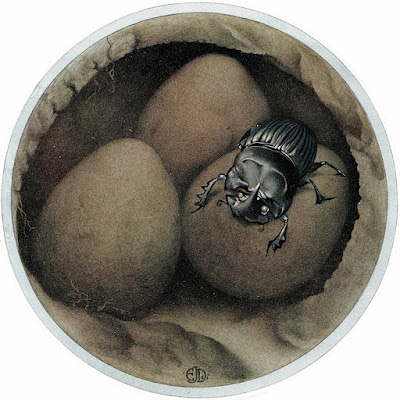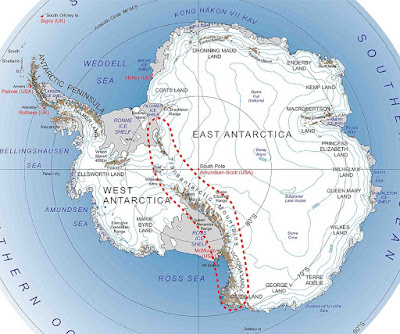15+ Interesting Facts About Hammerhead Sharks

Hammerhead sharks are named so because of the unusual hammer-shaped structure of their head. Their eyes are placed at the sides of their head. In 2007, scientists found a female hammerhead shark giving birth without mating. It was the first known instance of asexual reproduction in any shark. ( Source ) Hammerhead sharks are unique among marine animals as they get sun tanning . Sun tanning among marine animals was seen initially in hammerhead sharks. ( Source ) Hammerhead sharks have a strange behavior of swimming sideways . This type of swimming proves the most energy-efficient for them. They use nearly 10% less energy by swimming sideways instead of upright swimming. ( Source ) Hammerhead sharks initially appeared on earth around 20 million years ago. These sharks live for around 30 years on average. ( Source ) The visual field of each eye of the hammerhead shark is 180 degrees. Their eyes also have excellent depth per...

